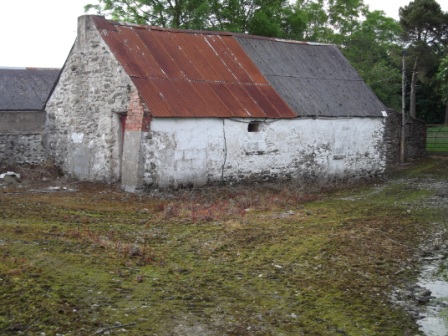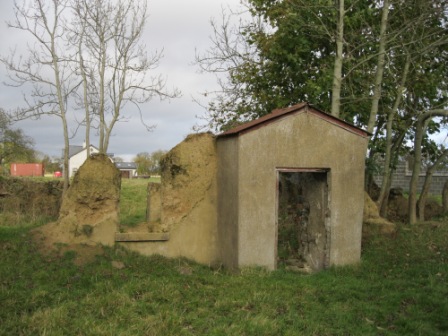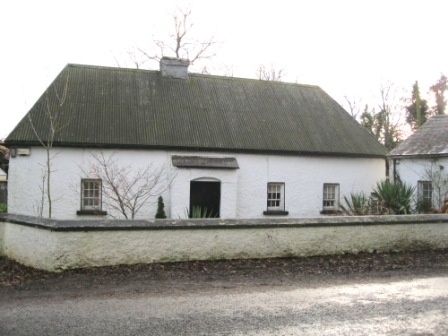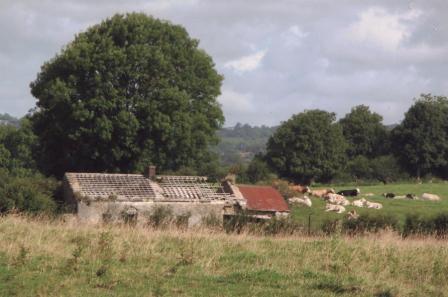Names associated with people
Many, many field names are associated with people. In some cases the people are current owners, very often they are former owners and, in other cases, the field name can link to people who worked the fields or lived adjacent to the field. Field names can originate from first names and surnames or family names. In many cases the person after whom the field is called is long gone and the family name may not even be in the area any more.
A field named after a former owner keeps their link with the area and attributes a certain amount of respect to the former owner or worker. Nicknames were very commonly used in years gone by. Sometimes they were used to differentiate between people of the same name in communities where some family names were very common. Many fields called after people use the person’s nickname.
Genealogy
It is hoped that the Meath Field Names electronic database will have good information for genealogical research in addition to the many other excellent sources for genealogy research in Meath. For example, if looking for a surname Lynch, one could look under:
- the current field owners
- the previous field owners
- the field names
- the origin of the field name
- the field notes
It is very likely that this will yield several results, and it will then be possible to narrow the search down to a particular section of the Meath map or to a particular townland.
It will also be possible to search sections of the database for a particular keyword. For example, if you know that the person you are looking for worked as a Herd, you might look for ‘Herd’ as a keyword in the notes section of the database. Similarly, if it was known that a person had a particular nickname it will be possible to search for that as a keyword. What the Meath Field Names Project may give to genealogy researchers, over and above the many other sources, is an exact location of the field, farm or homestead of a person or family of former times.




Another big benefit of the field names project for family history is that for each field surveyed the surveyor or person who gathered the information is identified with name, contact address and telephone number. This can give a genealogical researcher another concrete lead if a little bit extra information about a particular townland or field is needed. The use of the database for genealogy research will really only come into its own when the full database is available through a website. Then people can browse and search through all the information that has been gathered.
